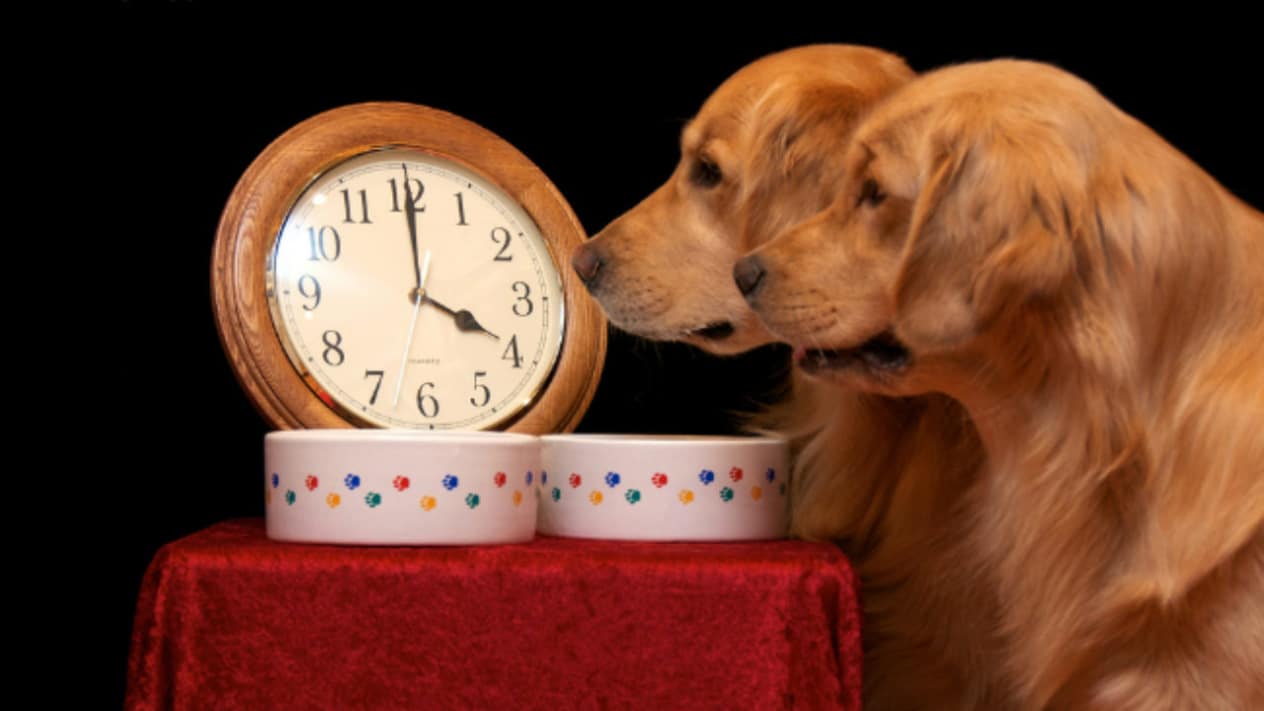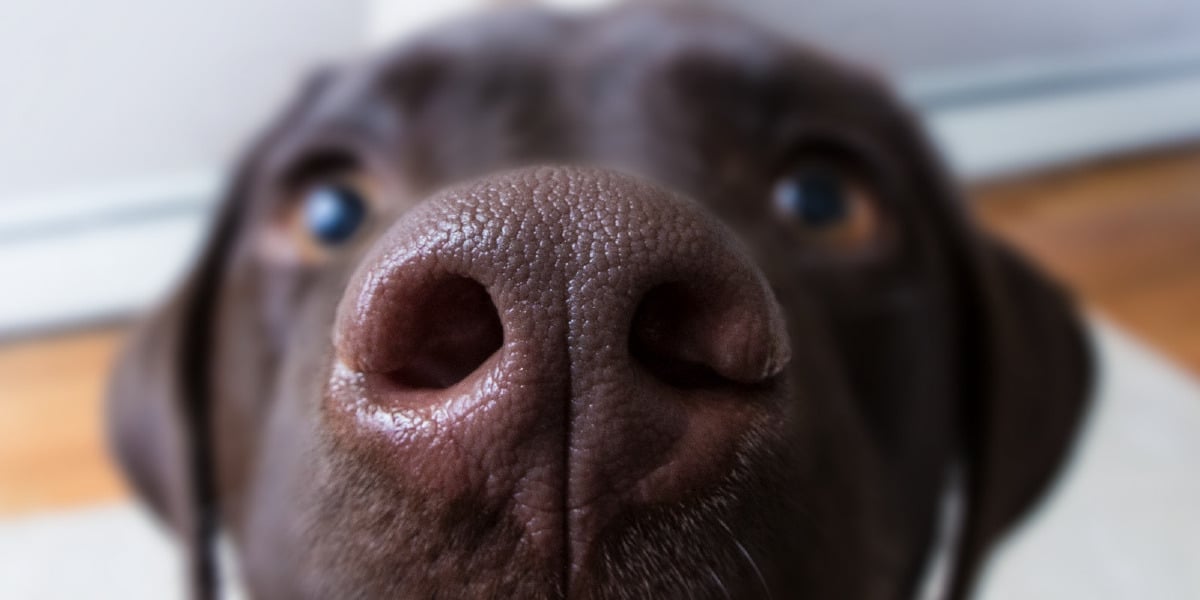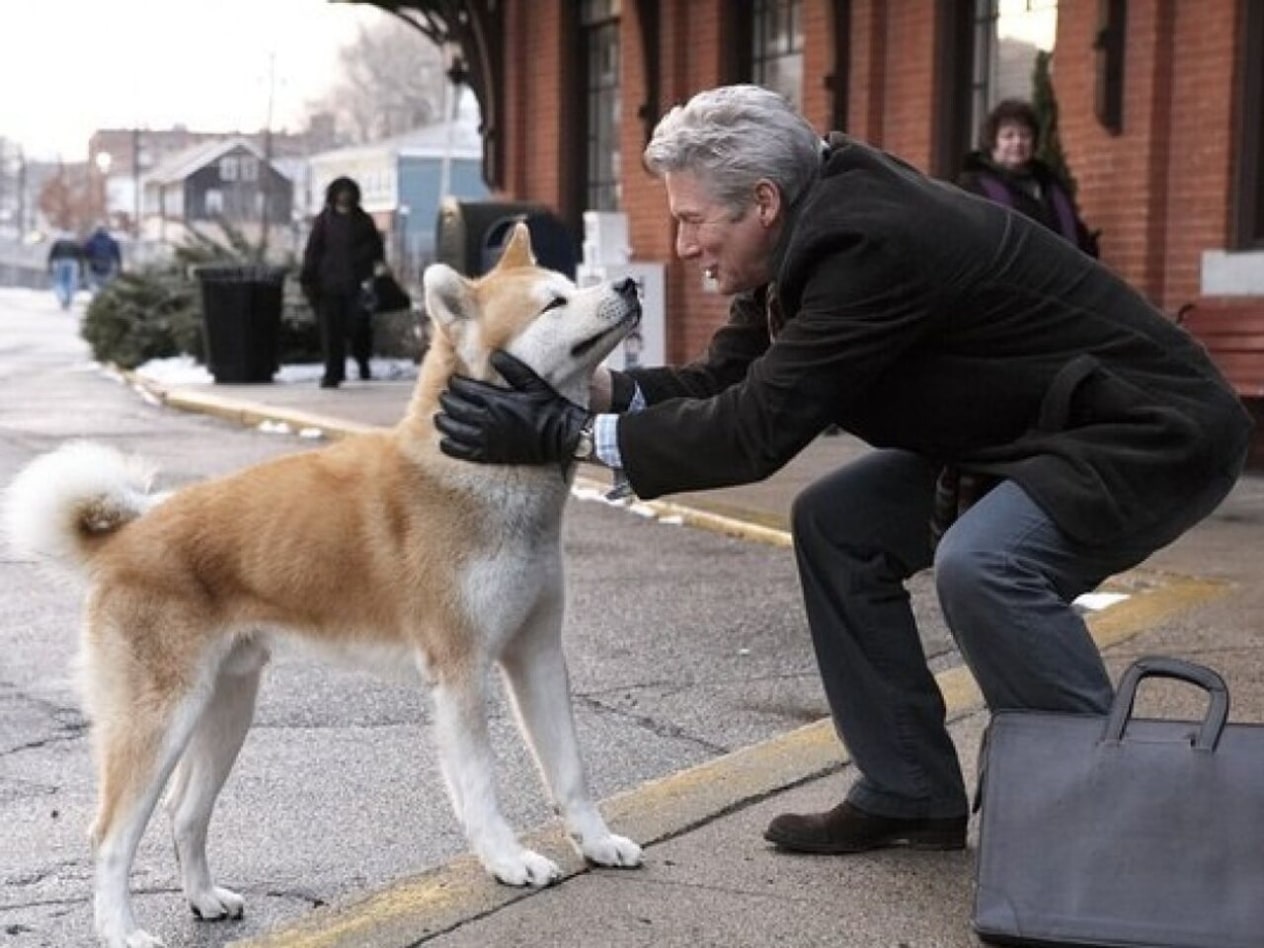Pets, especially dogs, often surprise us with their ability to “predict” events. They seem to know when it’s time for a walk, meal, or their owner’s return home. But how do they manage this? Do dogs truly have a sense of time similar to humans, or is it simply a combination of instincts and subconscious cues?
Dogs’ sense of time: How do they perceive it?
Humans use abstract concepts of time—minutes, hours, days. We have a clear chronological order of events thanks to clocks and calendars. Dogs, however, don’t measure time in the same abstract way. Instead, their perception is based on routine, environmental changes, and their internal biological clock.
Like humans, dogs possess an internal biological clock, helping them anticipate events. These are known as circadian rhythms—daily fluctuations of physiological processes regulating sleep-wake cycles, energy levels, and hormone balance.
🔹 Cortisol and melatonin are two key hormones influencing a dog’s activity. For instance, cortisol levels rise in the morning, signaling wakefulness, while melatonin production increases in the evening, promoting rest.
🔹 Due to these internal biological rhythms, dogs can sense when it’s time for a walk or meal.
Dogs also rely on external cues to determine time:
🔸 Lighting: They notice changes in daylight levels both indoors and outdoors throughout the day.
🔸 Sounds: Familiar household sounds—an alarm clock, doors closing, or street noises—serve as time markers for them.
🔸 Scents: The concentration of various smells in the environment changes during the day, helping dogs understand how much time has passed.
Smells as cues: How dogs “know” the time
A dog’s sense of smell is 10,000–100,000 times stronger than a human’s, making it their primary tool for tracking time. Dogs memorize their owner’s scent intensity and its rate of fading. For instance, when a person leaves home, their scent gradually weakens. A dog exposed daily to this phenomenon memorizes how long it takes for the scent to diminish to a certain level before the owner’s return.
🔬 One interesting study conducted by Swedish scientists revealed:
🔹 If the owner consistently returns home at the same time each day, the dog learns to associate a certain level of scent reduction with the moment of the owner’s return.
🔹 When the scent weakens significantly (from the dog’s perspective), the dog anticipates that the owner will soon return home.
🔹 Giving a dog an item carrying the owner’s scent midway through the day can disrupt its internal “timer.”
🐕 Thus, dogs can effectively “sense” how much time has passed since their owner’s departure, predicting when they’ll return.
Routine is another key cue that helps dogs perceive time, as their brains are wired for associative thinking. If a dog observes the same daily routine—an alarm going off, the owner getting ready, leaving, and returning at certain times—it quickly forms expectations based on these events.
🔹 Daily routine: Dogs quickly remember regular sequences—such as a morning coffee followed by the owner picking up keys. Even a change of shoes or specific actions before leaving can become reliable signals for them.
🔹 Feeding times: If feeding occurs at the same hour daily, dogs anticipate meals ahead of time.
🔹 Scheduled walks: Consistent timing of walks strengthens the dog’s sense of predictability.
Due to these factors, dogs not only perceive the passing of time but also build expectations based on their owner’s habits.
Why Do Dogs Know When You’re Coming Home?
Associations with recurring events (car sounds, doors, family routines)
Dogs excel at capturing external signals and associating them with specific events.
🐾 Sound of a car:
Dogs recognize the sound of your car’s engine or the way you park and quickly link this sound with your arrival home, often waiting at the door even before you enter.
🐾 Rustling of keys or door opening:
Even quiet noises preceding your arrival serve as signals to dogs that you’ll soon be home.
🐾 Family routine:
Dogs quickly memorize the daily habits and routines of their family members. They notice patterns, like the rustling of keys, footsteps on the stairs, or even subtle sounds from neighbors, signaling your imminent return.
Conclusion:
Dogs do not perceive time abstractly as humans do. Still, their keen observation skills, powerful sense of smell, and sensitive hearing enable them to measure and anticipate events effectively. By associating specific sights, sounds, and scents with your routine, they know exactly when you’re returning home. Their acute smell helps them gauge how much time has passed since your departure, while their hearing captures the familiar sounds of your arrival. Additionally, dogs quickly adapt to your habits, noticing even minor details that indicate your return.












